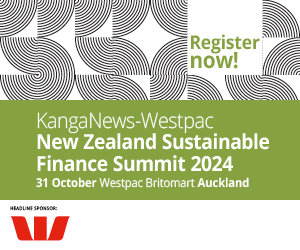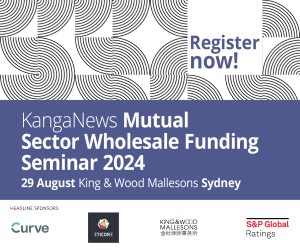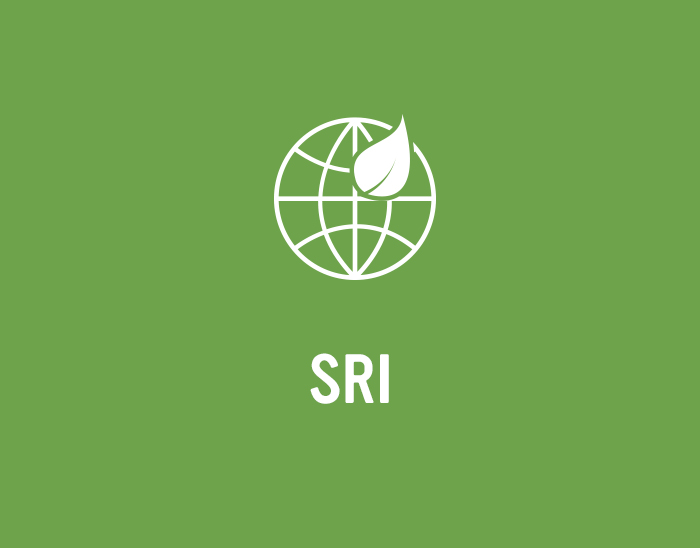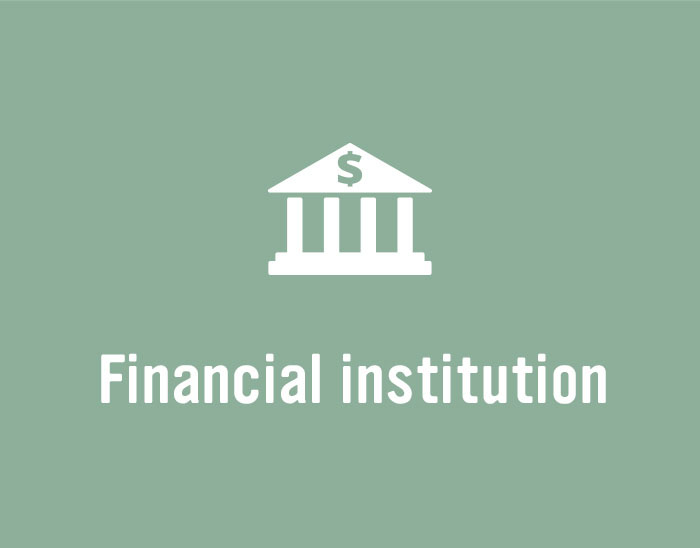The world’s first sustainability-linked bond and the evolution of transition bonds have led the executive committee of the Green Bond Principles (GBP), with the support of the International Capital Market Association (ICMA), to agree to embrace a wider scope of bond products for a more sustainable, low-carbon economy.

WOMEN IN CAPITAL MARKETS Yearbook 2023
KangaNews's annual yearbook amplifying female voices in the Australian capital market.
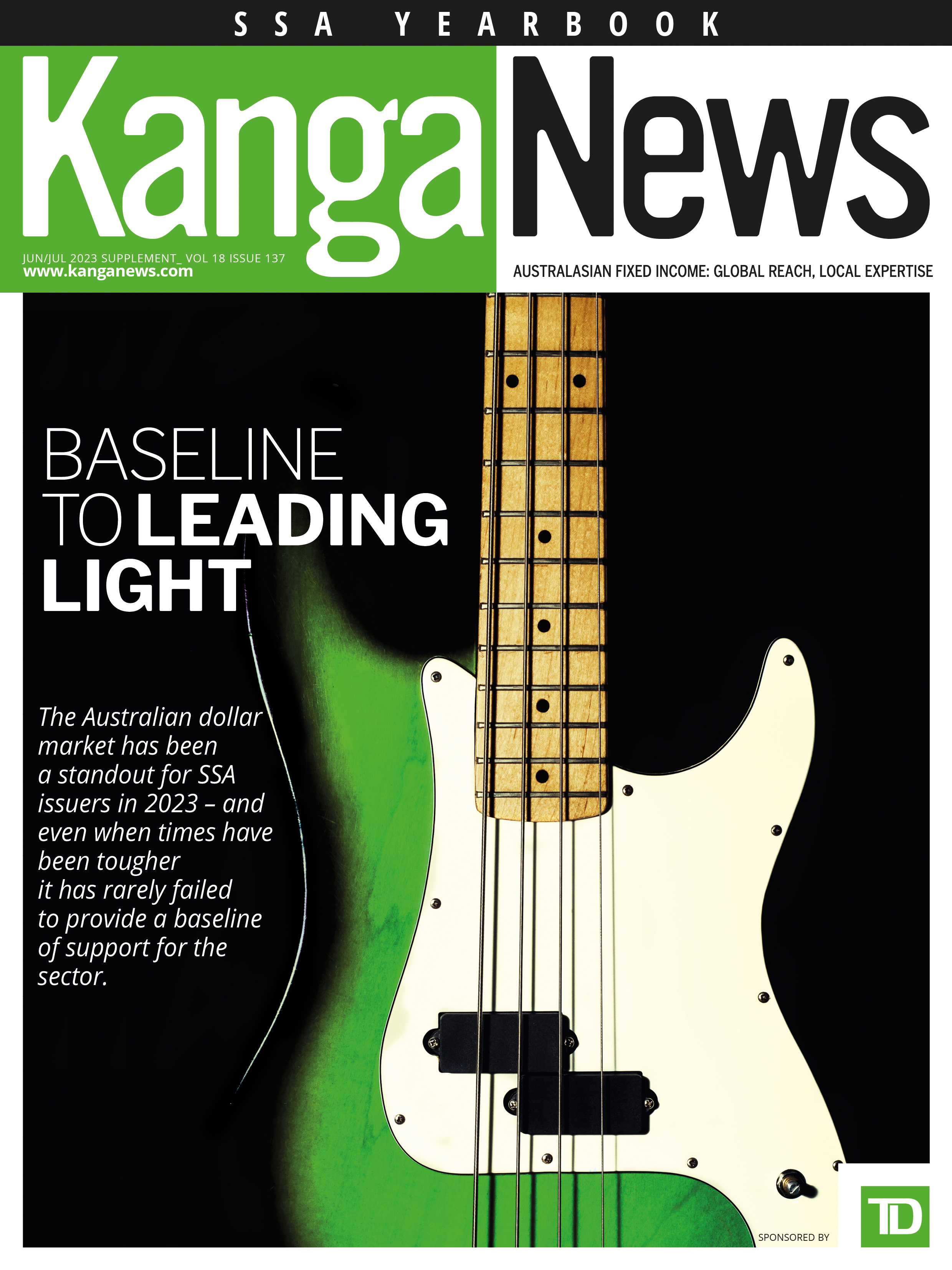
SSA Yearbook 2023
The annual guide to the world's most significant supranational, sovereign and agency sector issuers.


